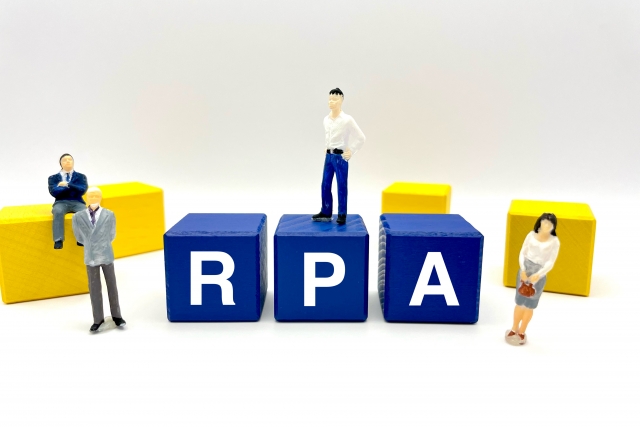Do you understand the exact meaning of the term RPA, which you have been hearing more and more often in recent years?
RPA stands for Robotic Process Automation, which, as the name suggests, automates processes with robots. Simply put, it is business automation.
You may imagine the following images when you hear the word “robot,” but it is more commonly used to automate tasks using software

What exactly can RPA do?
So what kind of tools are available and what kind of tasks can be automated?
Of course, there are tools that can and cannot automate some tasks, but we don’t care about that,
I would like to introduce some of the tasks that have been introduced as examples of actual RPA implementation, picking them up as appropriate.
- Perform cash register closing operations and transmit sales data
- Downloading and tallying POS data
- Collecting information from various media and posting the data
- Registering products to EC sites
- Multiple sites for inventory changes
In other words, we believe that introducing RPA to tasks that are performed repeatedly will improve efficiency.
That’s all for this 3-minute explanation of RPA.


